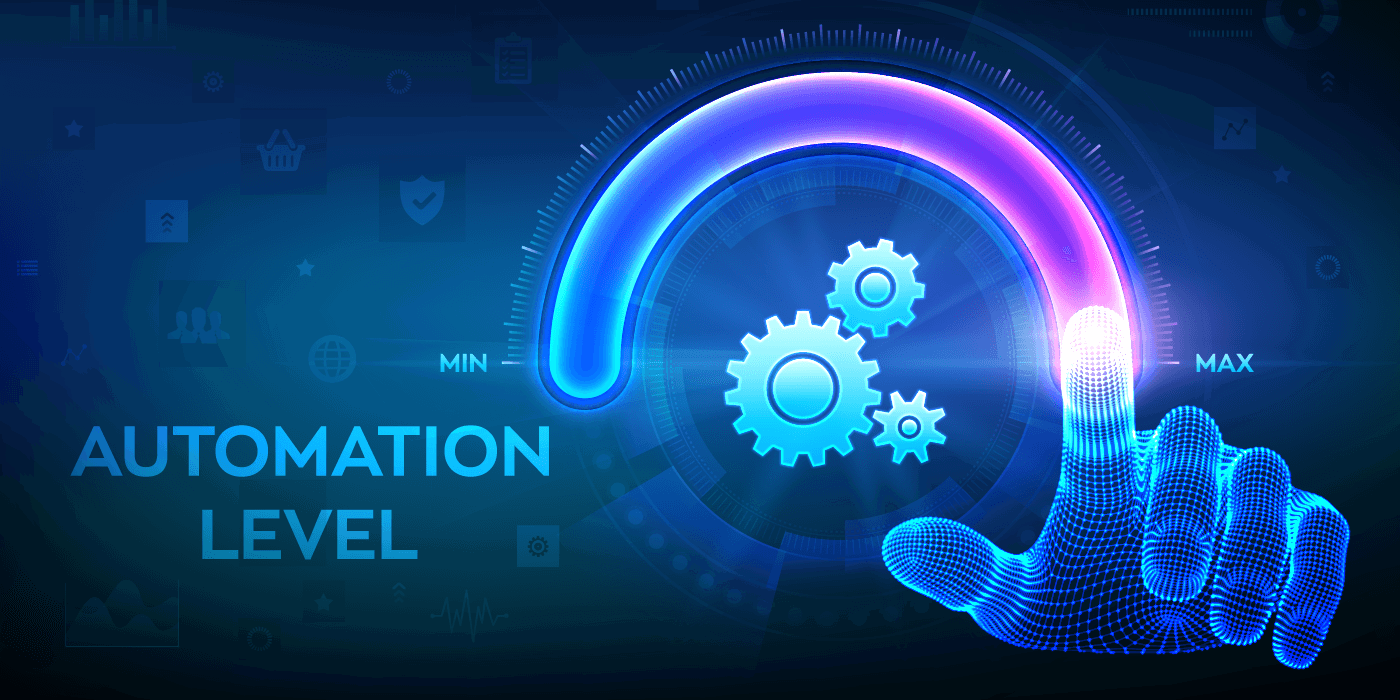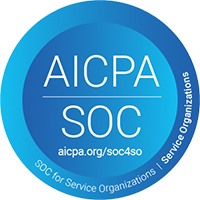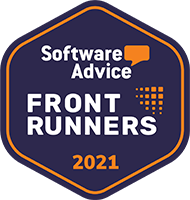Manual vs. Automated Inventory Management: Comparison and Best Practices

Introduction
Are you still counting and replenishing point-of-use inventory in an “Old School” Manual way? While many are, perhaps now is the time to learn more about the efficiencies there are to be gained from auto-replenishing, and the variety of new smart devices there are to automate the cycle counting and replenishment process.
The biggest reason to automate replenishment is to save money, but the second reason is that you can’t take advantage of AI efficiency improvements in your future inventory demand planning efforts if you don’t have your inventory data digitized through automating your inventory management processes.
This article will cover the differences between manual and automated inventory tracking, the challenges of manual tracking, and the exciting features made possible through automated inventory tracking. We’ll also dive into the best method for implementing an automated inventory management solution like eTurns into your business.
Manual vs. Automated Inventory Tracking
In manual inventory tracking and management, inventory teams must count and order inventory and supplies by hand using spreadsheets and clipboards, updating trackers and inventory lists on an ongoing basis or periodically using cycle counts. While possible, it’s very difficult to keep the right amount of inventory in stock using a manual tracking system.
On the other hand, automated inventory tracking systems rely on software and technology to provide real-time insights into inventory details. By leveraging barcodes, weight sensors, and electronic shelf labels to seamlessly update inventory levels, automated tracking systems allow for more accurate counts and efficient ordering processes.
The Challenges of Manual Inventory Management
The biggest problem with manual inventory management is that it requires a substantial allocation of labor. Employees must count all items by hand and keep reliable records of inventory levels on a regular basis, which means setting aside time and wage resources for these counts to occur.
Manual inventory tracking also leaves room for human error since manual counts can be tedious. It’s all too easy to miss an item or make a mistake during recording. Depending on how long you wait between counts, manual inventory tracking also means working off of old data and running the risk of stocking out of items or losing profits due to overstocking items and unnecessarily increasing your carrying costs.
Especially for large and growing organizations or in situations like healthcare in which running out of an item can be catastrophic, the risks and downsides of using a manual inventory management system are generally too substantial to justify. Especially in these cases, adopting an automated inventory tracking system is the best approach.
New Technologies for Automated Inventory Tracking and Replenishment
Due to the wide variety of storage constraints, replenishment processes, and unique inventory details involved for each organization, there is no one size fits all solution for automated inventory tracking and replenishment. That’s why solutions like eTurns TrackStock let you mix and match the devices you need in your stockrooms and manage it all with one automated inventory management solution.
For example, inventory weight sensors are a good solution for manufacturing organizations with room to store racks of shelving on-site. And manufacturers want to make sure that they never stockout of direct or indirect consumable items or it might shut down their production. With eTurns TrackStock SensorBins weight sensors sitting on those racks underneath bins of important items, companies can ensure they never run out. This technology continuously monitors the weight of inventory in the bin and converts it to an item quantity, then uses automated inventory replenishment software to place orders once the quantity falls below a set threshold.
In other instances such as medical clinics, there may be space constraints and irregular storage cupboards where SensorBins cannot fit or connect to appropriate power. This is where new technology like electronic shelf labels can come in, allowing team members to initiate replenishment orders with the push of a button in a self-service or customer-managed inventory (CMI) model. Electronic shelf labels can display feedback such as “on order” or “shipped” and prevent duplicate button pushes from creating duplicate orders.
What is eTurns TrackStock and How Does it Work?
eTurns TrackStock is an automated inventory management solution simplifying VMI and CMI counting, ordering, and replenishment processes across industries. Thanks to a broad suite of technologies like QR code-scanning apps, electronic shelf labels, and AI-enabled min/max dashboards, eTurns facilitates efficiency and cost savings in inventory replenishment and management workflows. Discover more TrackStock features here.
The Benefits of Using eTurns for Automated Inventory Replenishment
By opting to use eTurns for automated inventory management and replenishment, organizations can enjoy the following benefits:
- Faster VMI and CMI reordering with a QR-code scanning app
- Easy cycle counts with scans that trigger auto-replenishment
- Simple usage tracking with scans that triggers auto-replenishment
- Optimized inventory levels from AI inventory management
- Inventory and carrying cost reductions through optimization
- Real-time inventory visibility
- Email alerts and customizable reports
Case Studies:
From dental offices to electrical contractors, countless eTurns clients have used eTurns automated inventory management to take advantage of the benefits above. Dig into the following case studies to see what eTurns inventory replenishment software can accomplish.
Real-Life Examples of Businesses Revolutionizing Their Inventory Replenishment with eTurns
- M&L Electrical enjoys a 99% decrease in time spent managing inventory
- Smilebuilderz dental office spends 70% less time on counting and replenishing inventory
- Electrical Distributor SMC saves 75% on procurement costs by switching from manual tracking to automated inventory management with eTurns
Implementing eTurns in Your Business:
Because every business has unique inventory needs, the process of implementing eTurns automated inventory management solution into a business will look different for everyone. As a guide, consider the following steps.
Step-by-Step Guide to Getting Started
- Determine the most important TrackStock features for your organization and stockroom.
- Subscribe to a free trial for 30 days.
- Send the list of items (CSV file) you want to manage to support@eturns.com
- Download the eTurns TrackStock mobile application.
- Get up and running in 2 hours
- Get assistance with easy onboarding and training from the eTurns TrackStock team.
Conclusion
For the majority of growing businesses, automated inventory management solutions pay for themselves within a month or two.
Check out this ROI Calculator to see the possible savings.
Automated inventory replenishment software pays off in time savings, cost reduction, and added efficiency in inventory and labor practices. Take advantage of the latest technology in inventory management software by managing your inventory with eTurns TrackStock.
Contact
Automate your Cycle Counting and Inventory Replenishment with TrackStock!
Let us set you up with a risk-free 30-day trial.




